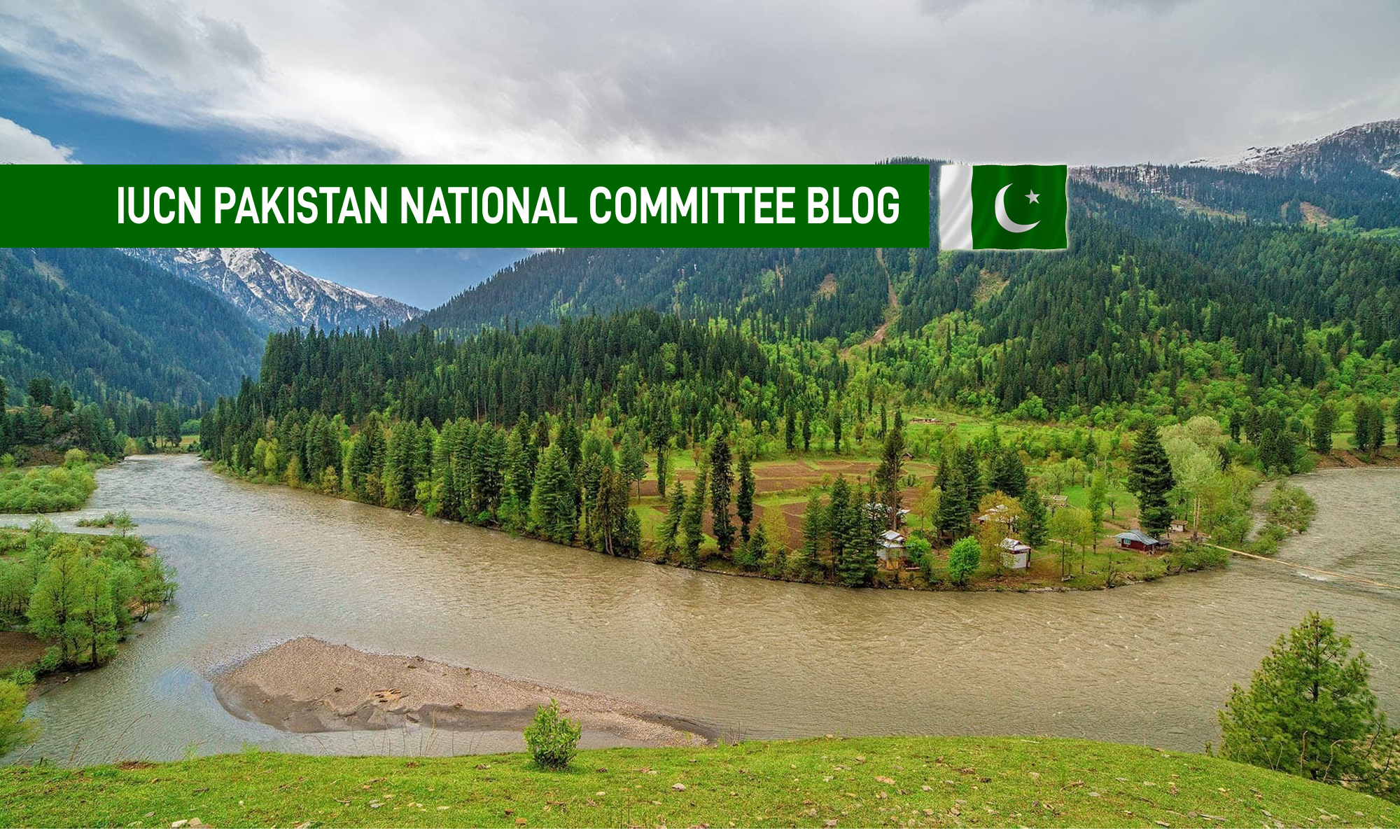Naseer Memon
Daily Dawn, 1st Dec 2010
THE Planning Commission of Pakistan recently released the fourth national report on progress on the Millennium Development Goals (MDG).
This document has been released after a long wait, with the last one appearing for 2006. While it is informative in terms of the dismal progress on almost all major MDG indicators, it conceals inter-provincial and intra-provincial disparities that were presented in the last report.
The period covered by the latest reports — 2006 to present — was marked by terrorist attacks, anti-terrorist operations and the displacement of several thousand people. Further, these years also saw a global recession, nose-diving foreign direct investment in the country (from $5.13bn in 2006-07 to $2.21bn in 2009-10), the GDP growth going into a tailspin (from seven per cent in 2006-07 to 2.1 per cent in 2008-09) and skyrocketing inflation (from 7.9 per cent in 2006-07 to 13.1 per cent in 2008-09). This was also a period of tumultuous political transition. Now, Pakistan is poised to miss almost all the MDG targets.
The primary MDG relates to eradicating extreme poverty and hunger. The consumer-based economic growth modelof the Musharraf era was presented as the Pakistani economy`s golden period. However, it is riddled with sharply rising economic inequalities. A higher GDP growth rate during the Musharraf era created a smokescreen of wellbeing. However, there is strong evidence that economic disparities actually increased.
The Musharraf government conjured up figures to claim that poverty had declined from 34.5 per cent in 2001-02 to 22.3 per cent in 2005-06, with a too-good-to-be-true 12.3 per cent decline in just five years. These figures were disputed by the then chief economist. And even if this miracle is postulated, the recession in the subsequent years and the recent floods have pushed more people below the poverty line. Halving poverty from 26 per cent in 1990 to 13 per cent by 2015 appears next to impossible.
The second MDG was to achieve universal primary education. Pakistan has the lowest adult literacy rate in the region and is second only to Nigeria in out-of-school children. The current net enrolment rate is less than 60 per cent, which implies that the target of 100 per cent enrolment requires a more than 40 per cent points` increase by 2015. Given that during the past 10 years Pakistan barely achieved 16 per cent points, it is unrealistic to hope for target achievement. Furthermore, nearly half the enrolled students do not complete their education and achieving survival rate of 88 per cent in the years remaining is practically impossible.
Pakistan was supposed to establish gender parity at the primary and secondary education levels by 2005. This target has already been missed. True, there has been a steady improvement; for example the proportion of 15-24 year old literate females as compared to boys has increased from 0.51 in 1990-91 to 0.78 in 2008-09. Yet achieving parity needs further serious effort. Women`s representation in legislative forums has increased tremendously, but the journey from representation to real empowerment will have to traverse rocky terrain.
The mortality rate of children under five has declined from 117 per 1,000 live births in 1990-91 to 94 per 1,000 in 2006-07, against an MDG target of 52 by 2015. The infant mortality rate declined from 102 to 75 per 1,000 live births between 1990 and 2007, against the MDG target of 65. The proportion of fully immunized children of 12 to 23 months in age also indicates a stagnant trend. It increased marginally from 75 per cent in 1990-91 to 78 per cent in 2008-09, against the target of over 90 per cent by 2015.
The number of mothers dying due to pregnancy and delivery-related complications per 100,000 live births has declined significantly from 533 in 1990-91 to 276 in 2006-07. However, the rate is still much higher than the target of 140 by 2015. Similarly, the proportion of births attended by skilled birth attendants increased from 18 per cent in 1990-91 to 41 per cent in 2008-09. Yet it remains much lower than the targeted 90 per cent by 2015. Pakistan`s current total fertility rate is 3.75 and that is to be lowered to 2.1 by 2015.
Meanwhile, several reports by independent sources suggest that Pakistan does not put in the desired efforts towards environmental sustainability. The forest cover increased marginally from 4.8 per cent of the land mass in 1990-91 to 5.02 per cent in 2008-09. The MDG target is six per cent. Conservation organisations consider even these figures exaggerated.
Pakistan has, however, surpassed the target of CNG-run vehicles from a targeted 920,000 to 2,220,000. Yet the population with sustainable access to safe drinking water is at 65 per cent against the targeted 93 per cent. The quality of this drinking water is also a moot question. Similarly, access to sanitation is enjoyed by only 63 per cent against the MDG target of 90 per cent.
Pakistan is a long way from achieving the Millennium Development Goals. More than monetary resources, what is required is the political will to prioritise human development in the country. In its current shape, Pakistan is the embodiment of a security state where human development barely attracts attention. N
An analysis of the national budgets reveals how the wellbeing of the citizens has been ignored. Pakistan`s first national budget of 1948 allocated more than 70 per cent of the total resources to defence; this lunacy was never reversed. Even in today`s world of knowledge-based societies our allocation for education and health is shamefully the lowest in the region.
The writer is the chief executive of the non-profit Strengthening Participatory Organisation.
Email: nmemon@spopk.org









